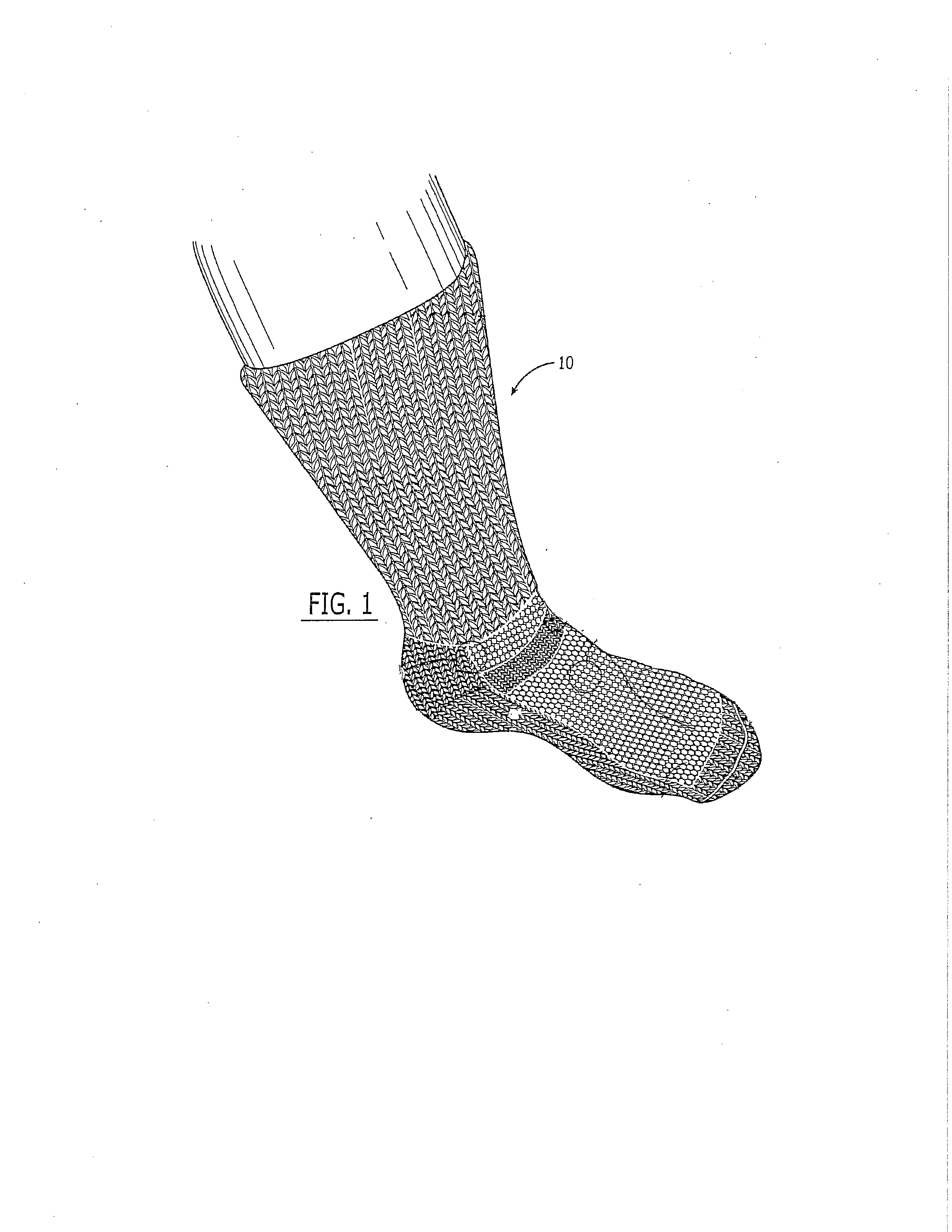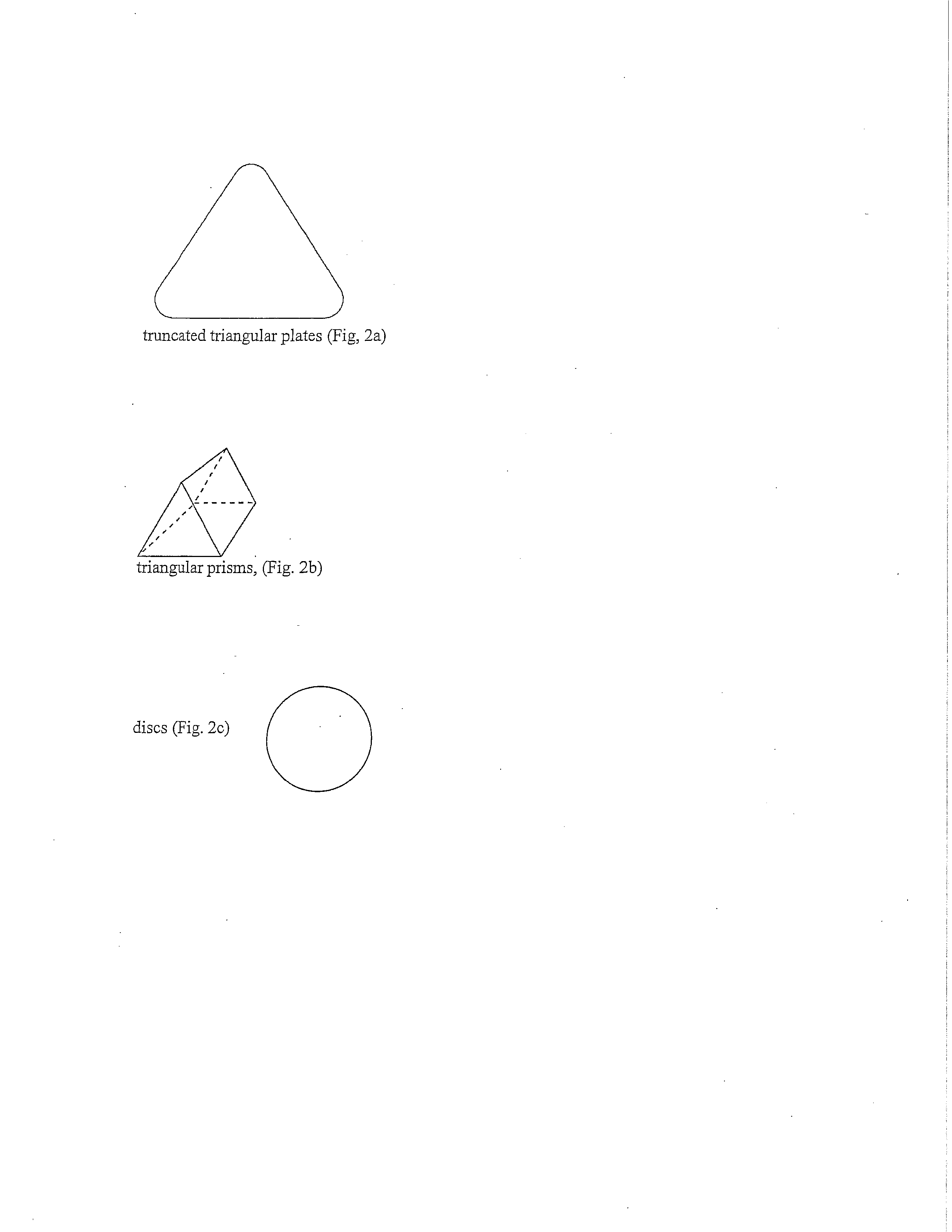Sock for treatment of foot and leg wounds, methods of use and manufacture
a technology for foot and leg wounds and socks, applied in the direction of drug compositions, drying machines, drying machines, etc., can solve the problems that current wound care products, including silver ointments and dressings, do not improve the healing rate of chronic venous or diabetic ulcers when used with compression therapy, and achieve low maintenance and minimize labor and material costs.
- Summary
- Abstract
- Description
- Claims
- Application Information
AI Technical Summary
Benefits of technology
Problems solved by technology
Method used
Image
Examples
Embodiment Construction
[0022]The Improved Sock (as seen in FIG. 1) is used particularly for patients with ulcerations from arterial, venous and lymphatic insufficiency, diabetes, and for other people as well. It has graduated compression from the foot up through the calf. Thus, the sock includes characteristics of graduated compression, the presence of anti-microbial, anti-inflammatory, and angiogenic AgNP shapes, and the wool and alpaca fibers. The wool and alpaca is in contact with the skin and provides pleasing comfort and durability to the wearer. The wool and alpaca yarns are knitted into a terry pattern over high stress areas such as the tibial crest, the heel and forefoot. To maintain equal compression around the ankle malleoli, the terry is strategically placed to cradle the medial and lateral malleoli.
[0023]The sock is knitted from a yarn that has both a wool and / or alpaca component and an elastic component. A currently preferred yarn is a 50 / 50 blend of alpaca and merino wool, with the merino an...
PUM
| Property | Measurement | Unit |
|---|---|---|
| length | aaaaa | aaaaa |
| diameter | aaaaa | aaaaa |
| shapes | aaaaa | aaaaa |
Abstract
Description
Claims
Application Information
 Login to View More
Login to View More - R&D
- Intellectual Property
- Life Sciences
- Materials
- Tech Scout
- Unparalleled Data Quality
- Higher Quality Content
- 60% Fewer Hallucinations
Browse by: Latest US Patents, China's latest patents, Technical Efficacy Thesaurus, Application Domain, Technology Topic, Popular Technical Reports.
© 2025 PatSnap. All rights reserved.Legal|Privacy policy|Modern Slavery Act Transparency Statement|Sitemap|About US| Contact US: help@patsnap.com



